You've probably seen headlines such as The Importance of Coffee Crema for the Perfect Espresso or heard that espresso crema is the key to a good cup of espresso. But what exactly is crema, and is it so important? Unfortunately, there's a bit of misinformation out there about crema. Let's clear things up.
What is Coffee Crema?
You might have been wondering what was the name of that espresso foam. Well, that thin layer on top of the espresso is called crema. Crema is emulsified coffee oils with CO2 gas.
It happens when the hot water interacts with the coffee puck and emulsifies the oils. As the coffee leaves the portafilter basket, the change in pressure allows the CO2 to expand and creates tiny bubbles of espresso foam.
How To Get Better Crema On Espresso
As it turns out, crema is not nearly as important as people make it out to be. Several other factors contribute to a good cup of espresso like the quality of the beans, the grind, the water, and the brewing method all play a role in making a great cup of espresso.
Coffee Bean Freshness
The other factor is the gas present in the coffee while brewing. When the coffee beans are in the roaster, it forms carbon dioxide gas as it bakes. The more the coffee is baked, the more gas will be present in the beans. The coffee will naturally degas over time and produce less crema so freshly roasted coffees produce more crema. Using pre-ground coffee leads to less crema since the gas has more surface to escape.
Pressure
For crema to form correctly, the espresso machine must be high enough. The ideal would be to reach 9 bars of pressure but crema can also form at lower pressure. This process heats and pushes water through the coffee, mixing CO2 with the oils from the beans to create the perfect crema.
Pressure is directly related to grind size. The absence of crema absence often comes from incorrect grind size. If it's too fine, it will prevent water passage, while too coarse causes under-extraction.
Coffee-to-Water Ratio
The secret to a full-bodied espresso shot with rich crema lies in the balance: a 1:2 ratio of coffee to water. Too high of a ratio and the crema will be thinner. Precise measurements using a scale guarantee consistency across every shot.
Roast Level
Roasting coffee creates CO2 and the more the coffee is roasted the more crema it will produce. Dark coffees will produce more crema since there is more gas in the beans. Light roasts on the other hand have less gas and produce less crema.
Having crema is not an indication of good coffee - it's just that the beans are fresh or more roasted. If there's no crema, that doesn't mean your coffee is bad - it just means that it's a lighter roast or a bit older.

Is Crema That Important?
While many coffee enthusiasts swear by the importance of crema in making a great espresso, it's not the only factor at play. Other elements, such as using high-quality coffee beans, getting the grind right, using the right water, and nailing the brewing method, all contribute to the overall quality and taste of the coffee.
What Is the Perfect Crema?
In some way, I would argue that the perfect crema is none. Some coffee experts even go as far as removing it from their espresso. Crema is usually bitter and can overpower other flavors. You can try it on your own, either by mixing it into your espresso or by simply removing it. Just skim the top off that espresso!
What is a Good Espresso?
If crema isn't the deciding factor, how can you tell if your shot of espresso is good? A good espresso is a highly personal thing and the same coffee can taste quite different with different recipes. I have made a guide to espresso if you want to try different ways of making it.
In conclusion, don't judge an espresso by its crema—crema is more of a myth than anything else. To ensure you're getting a good cup of espresso, pay attention to the aroma, and flavor of the coffee. If all those factors are in line, you're in for a treat!
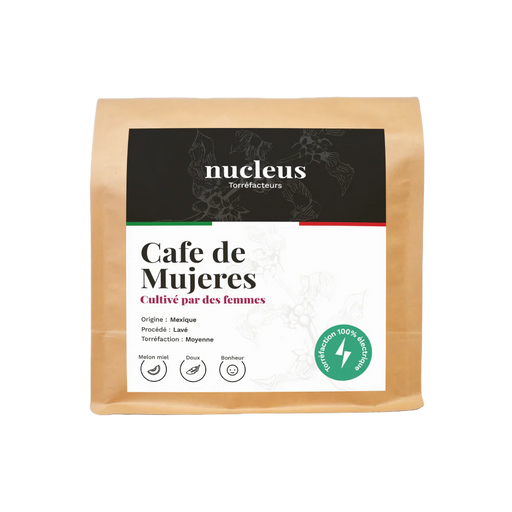

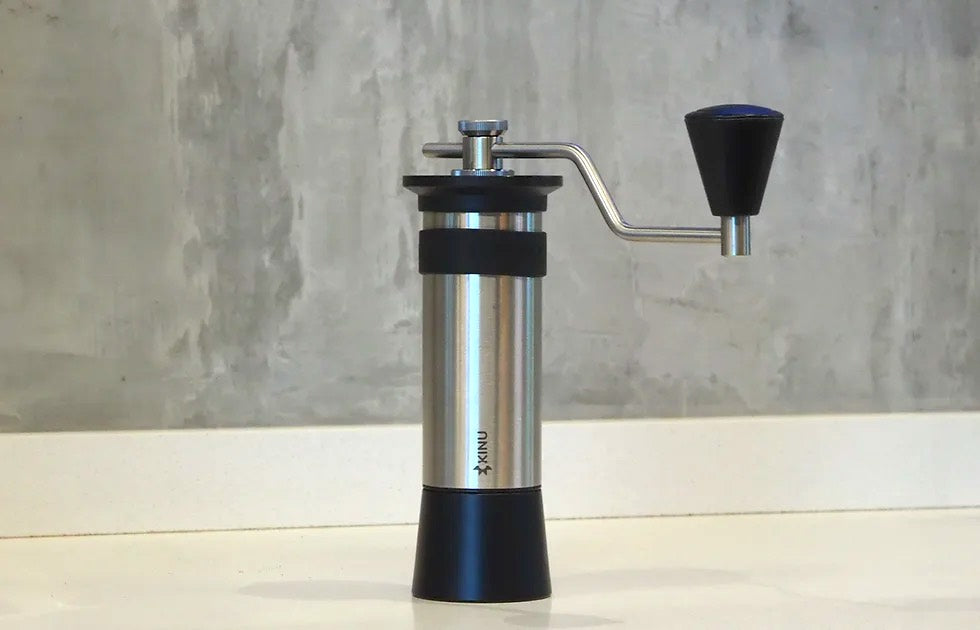




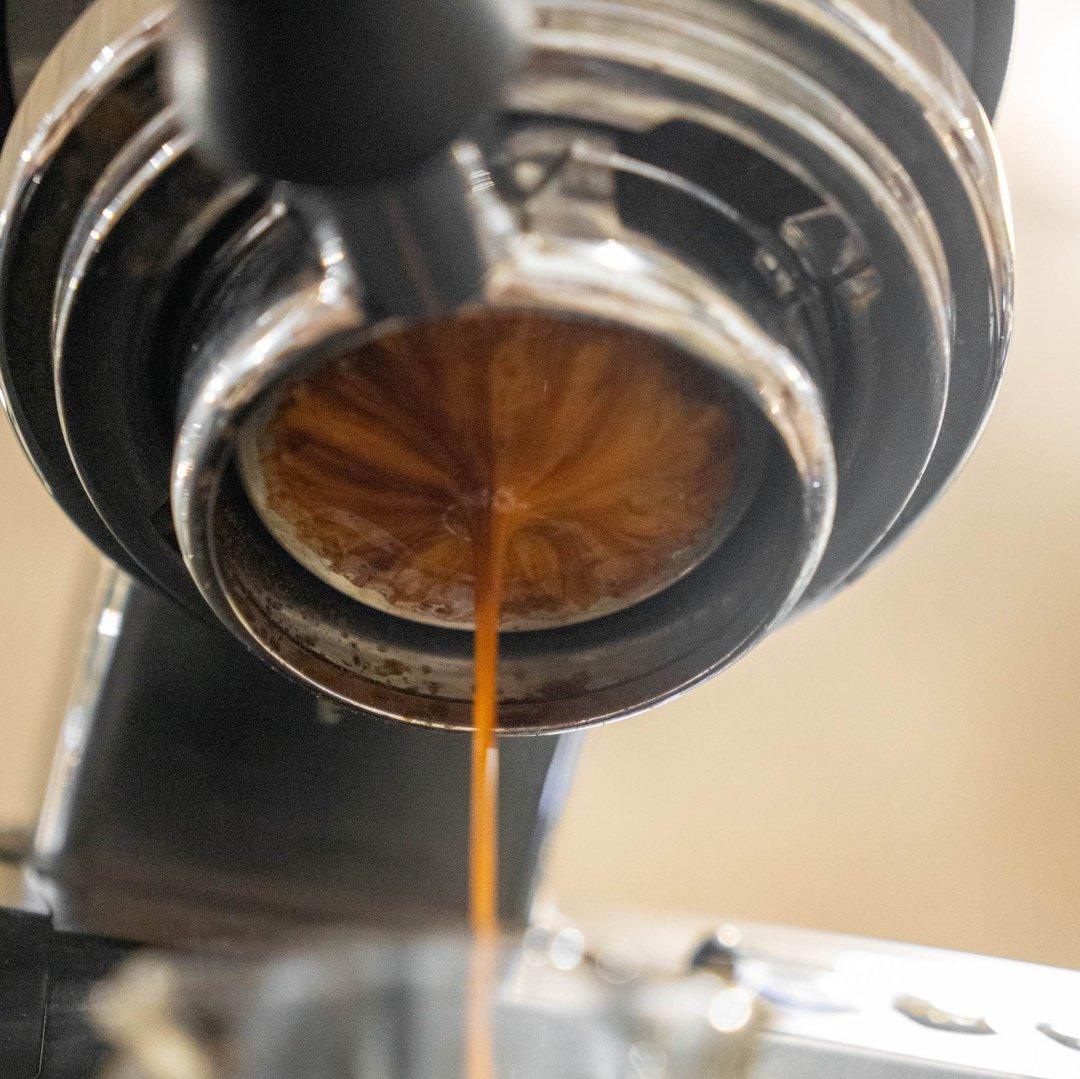
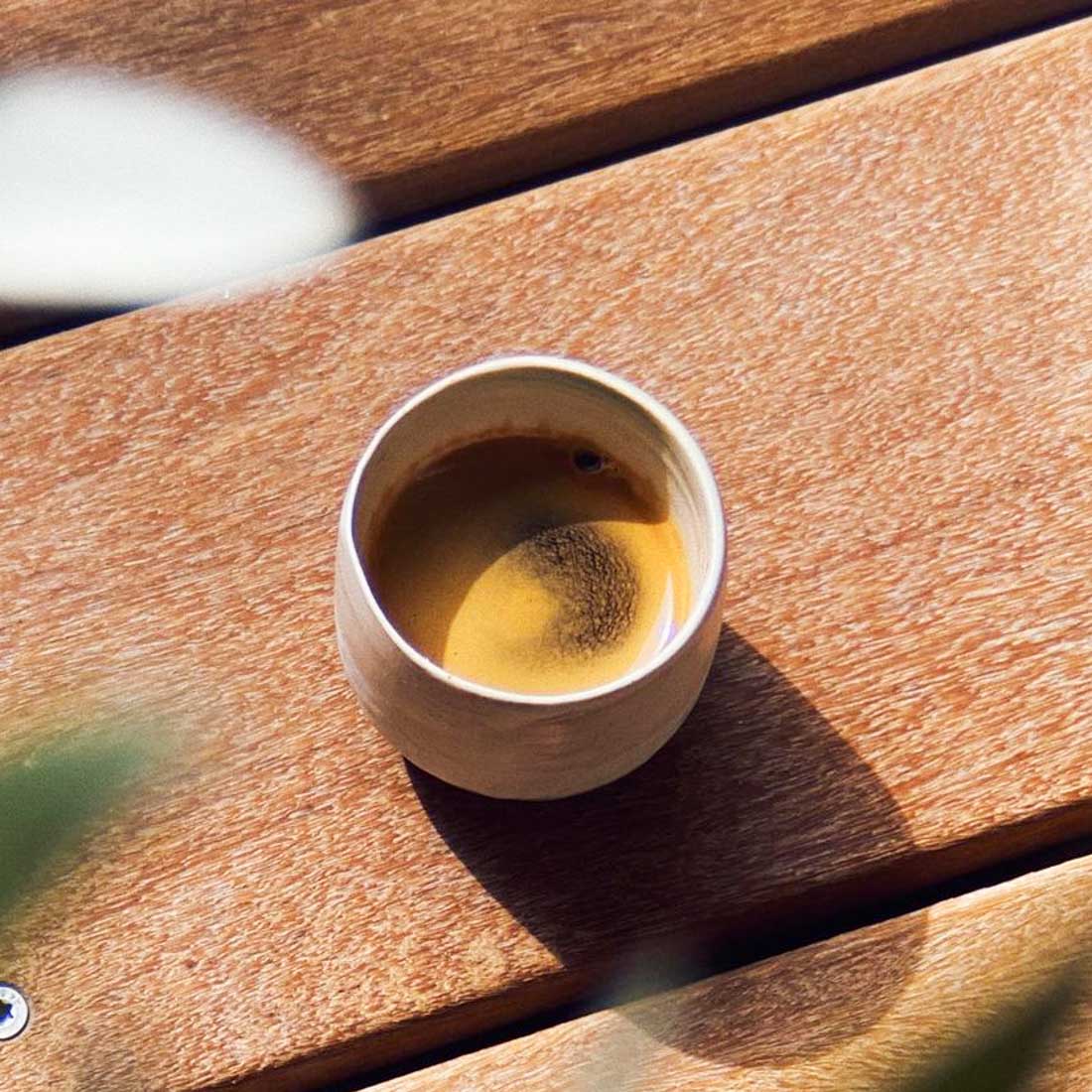
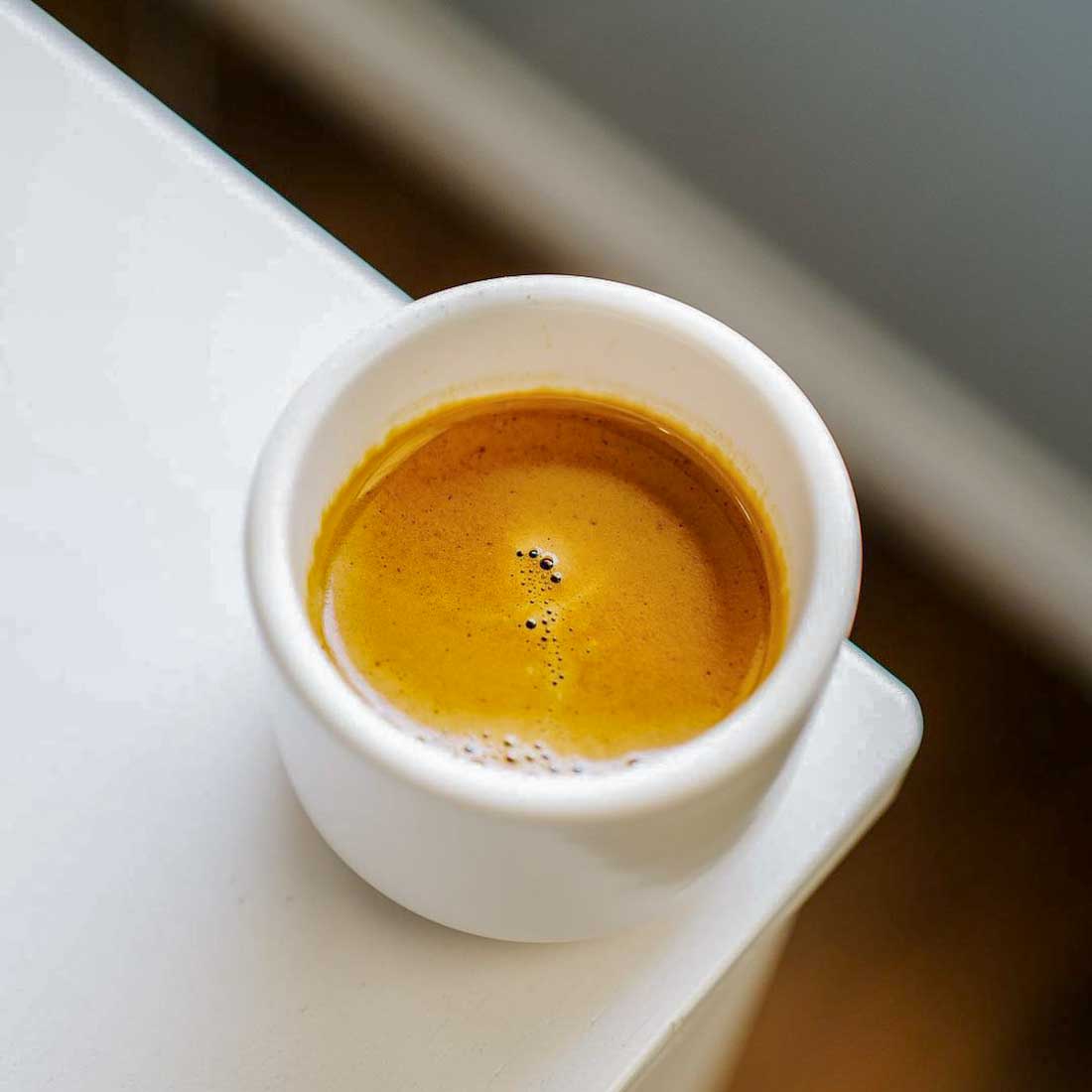
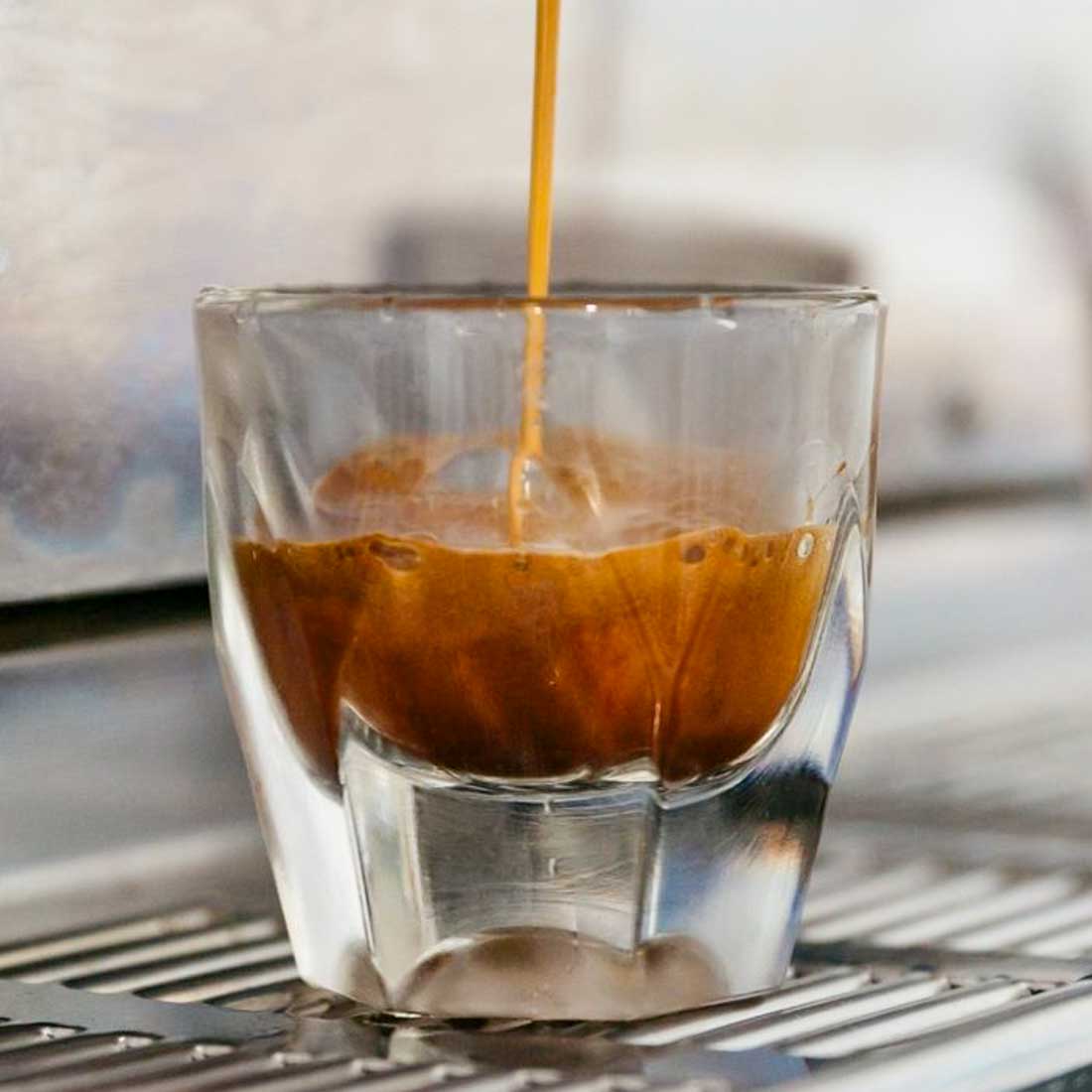
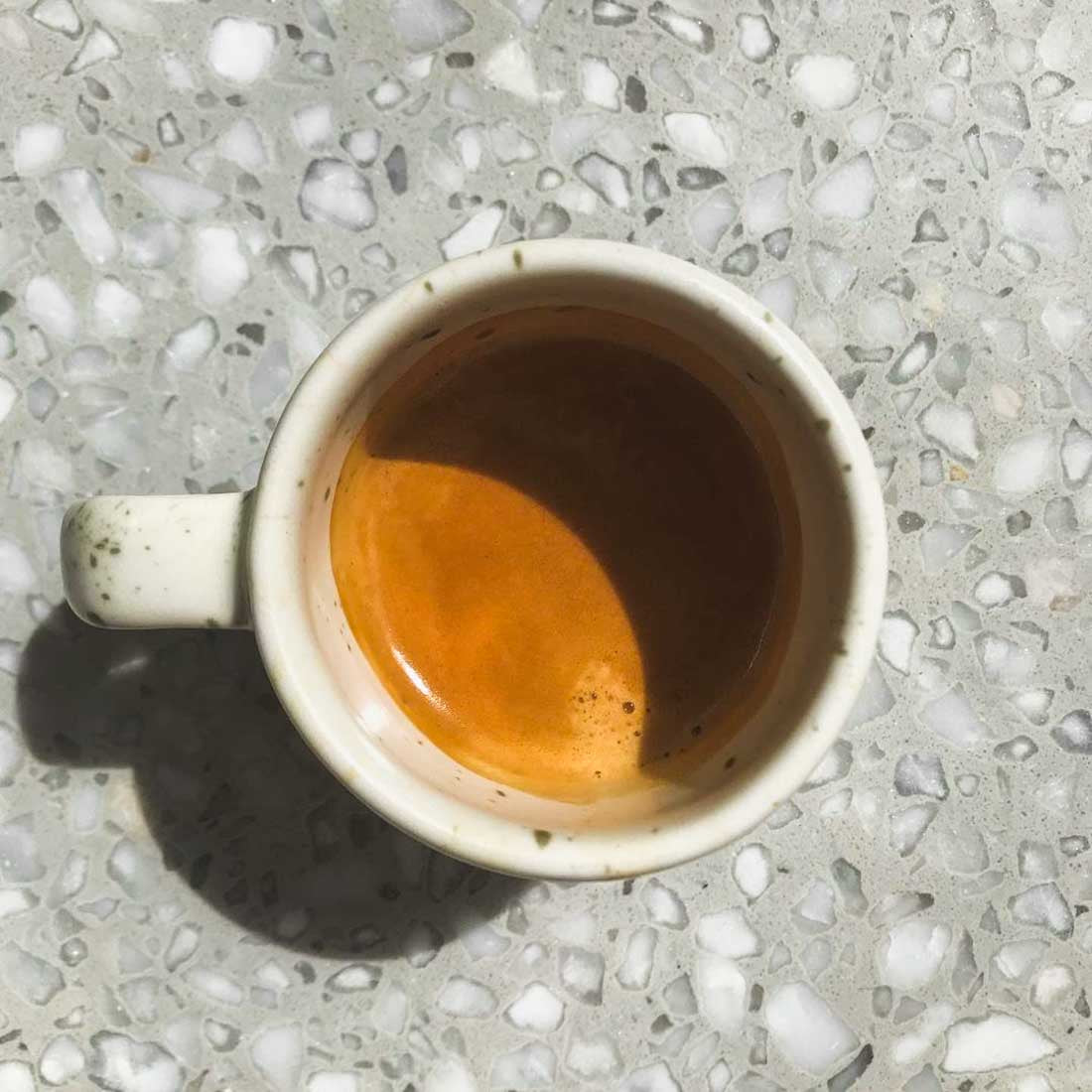
Comments
There are no comments.
Your comment